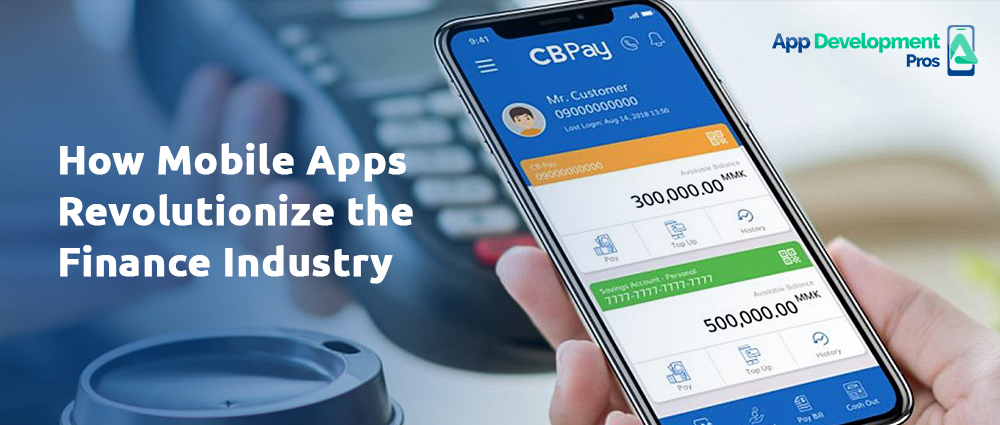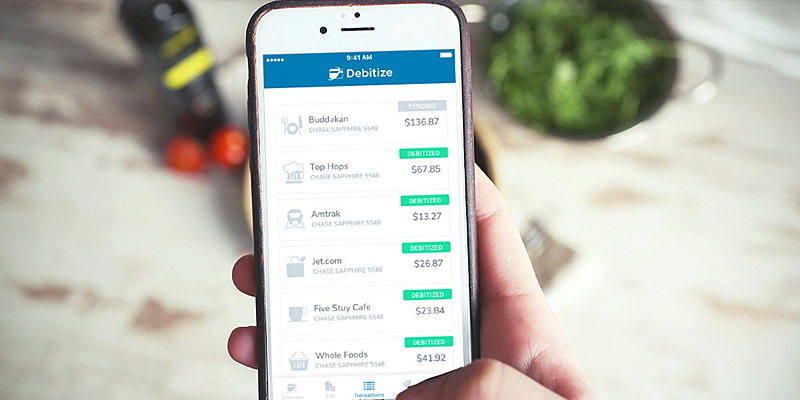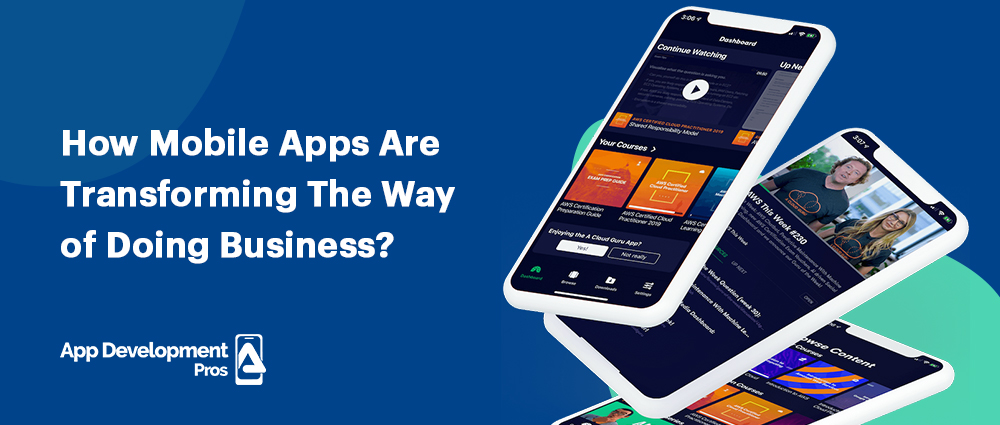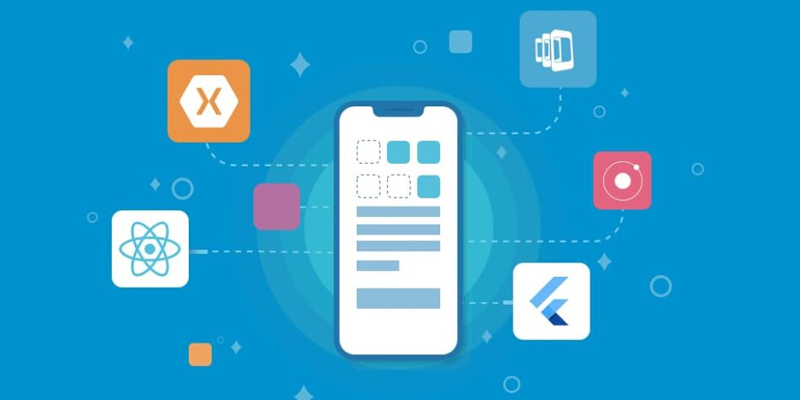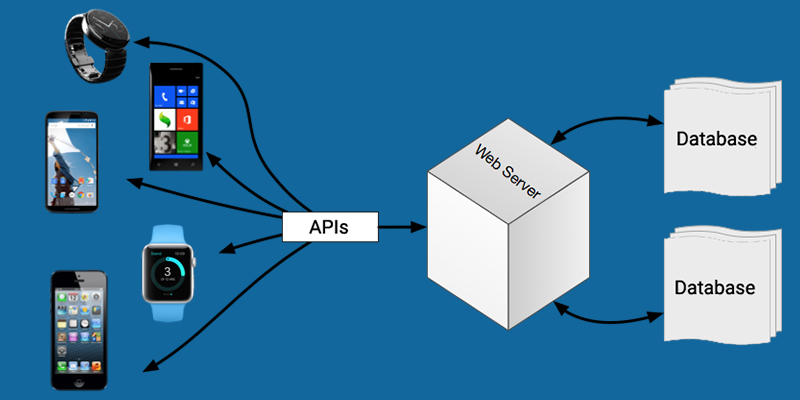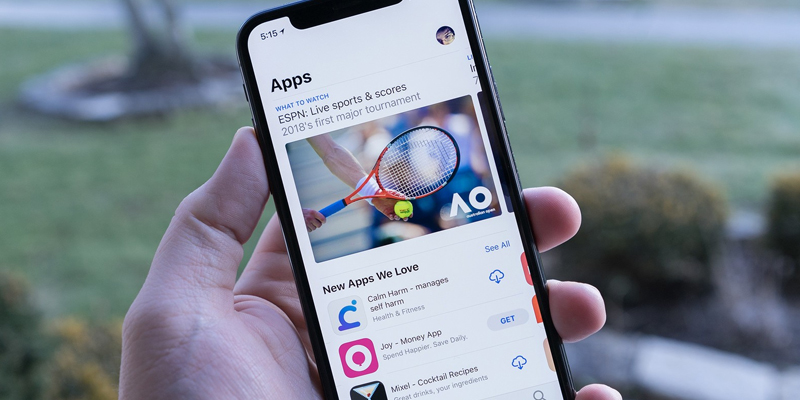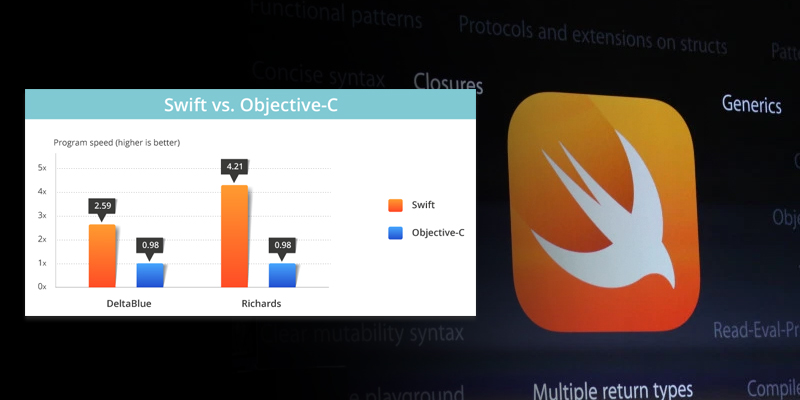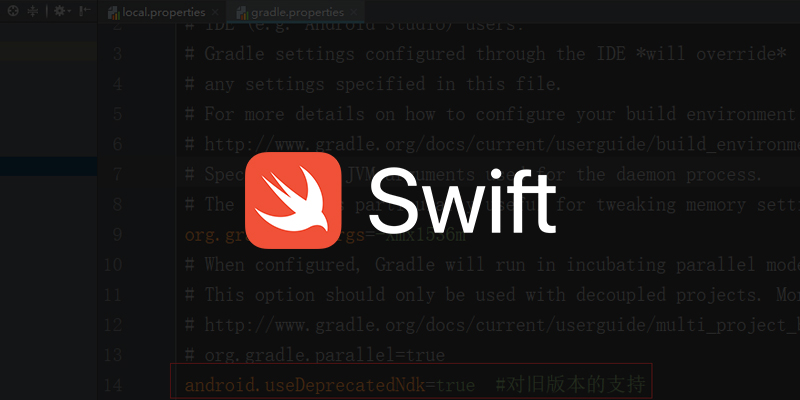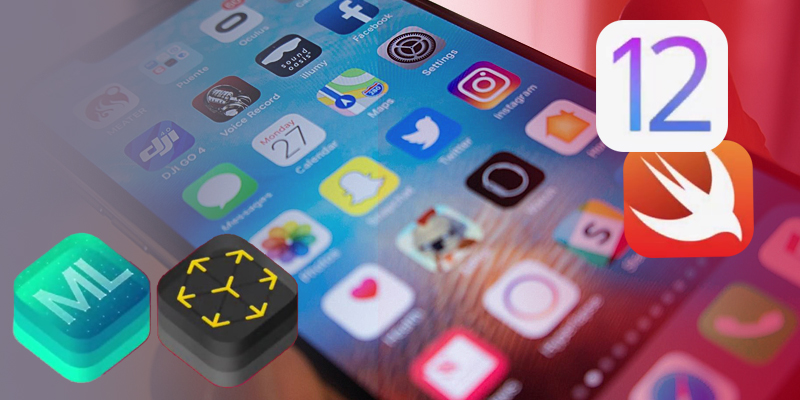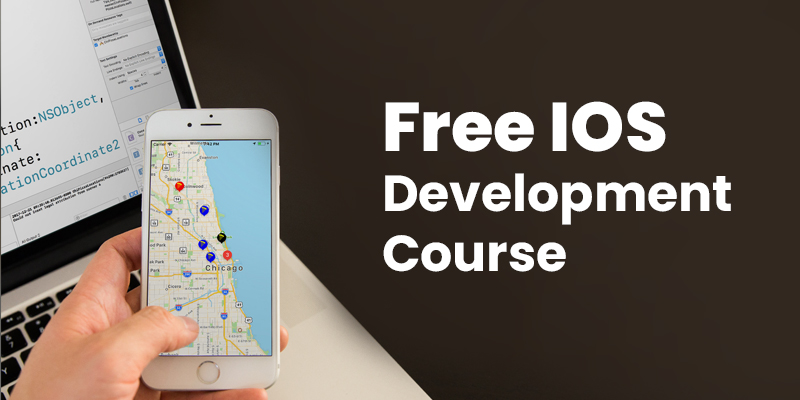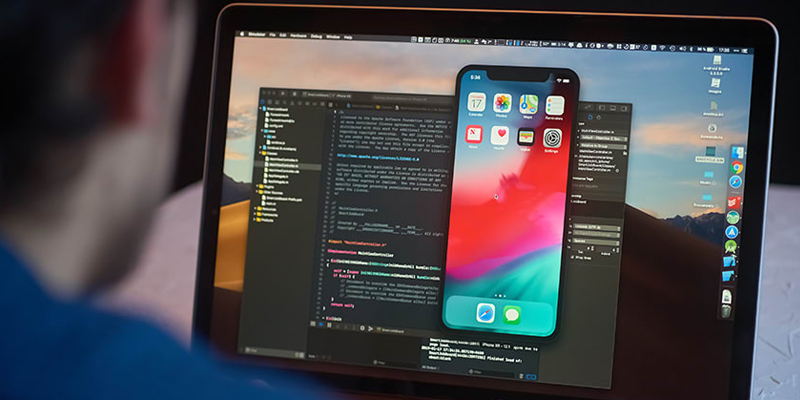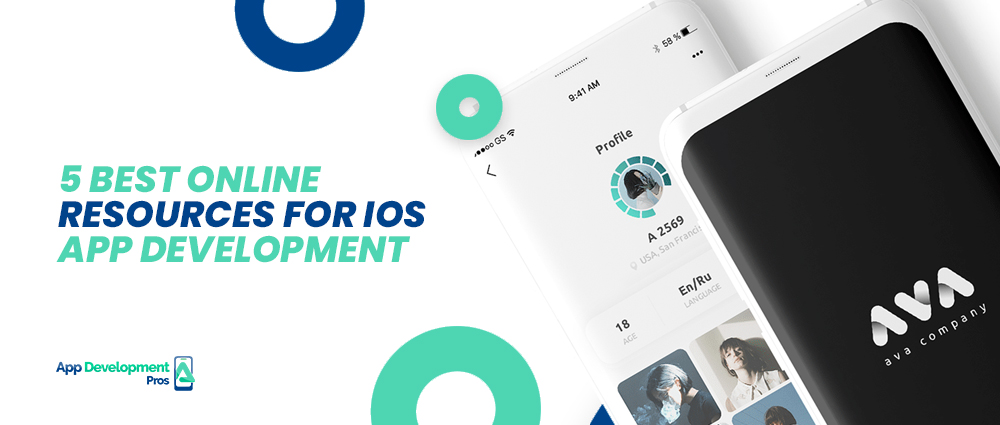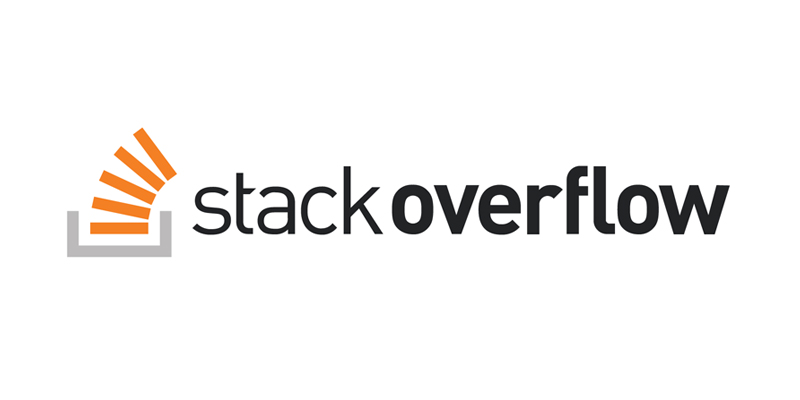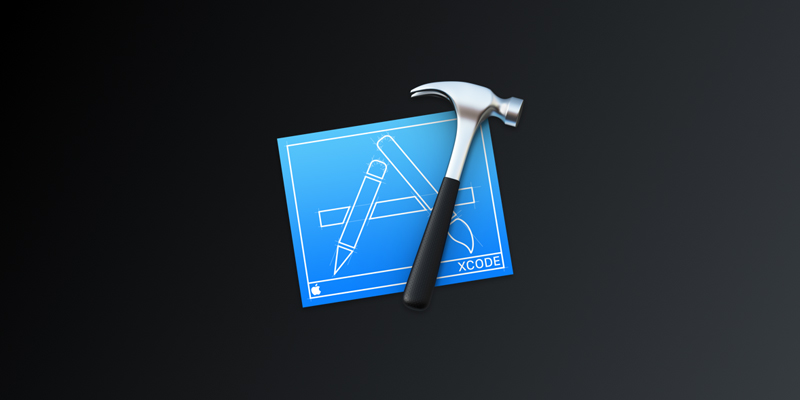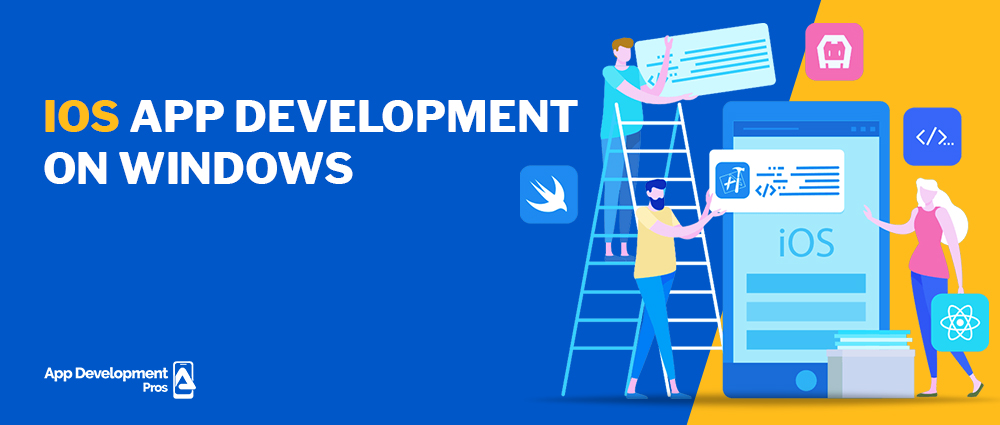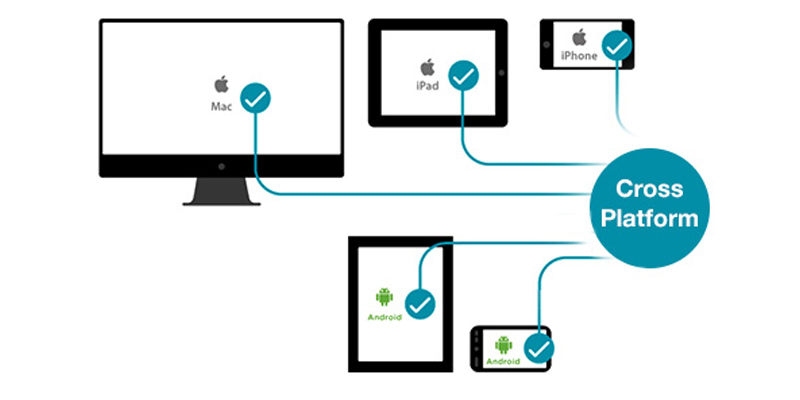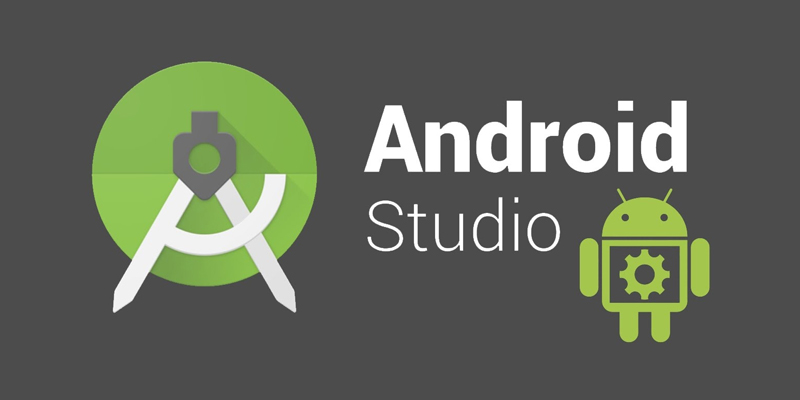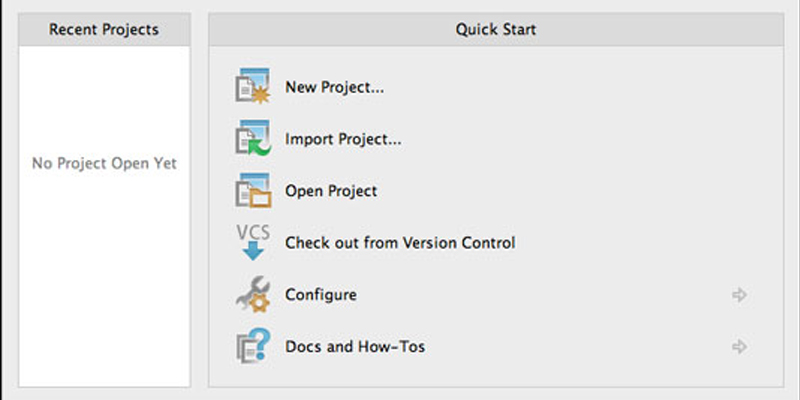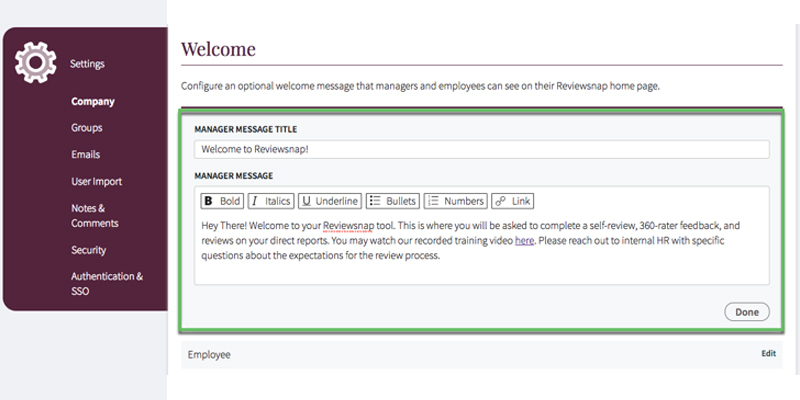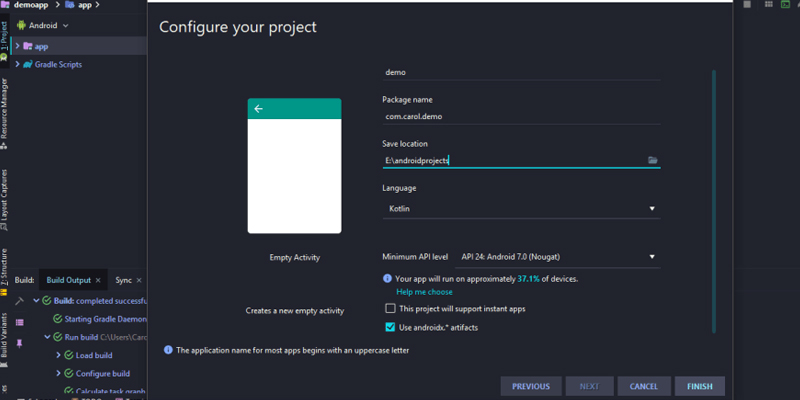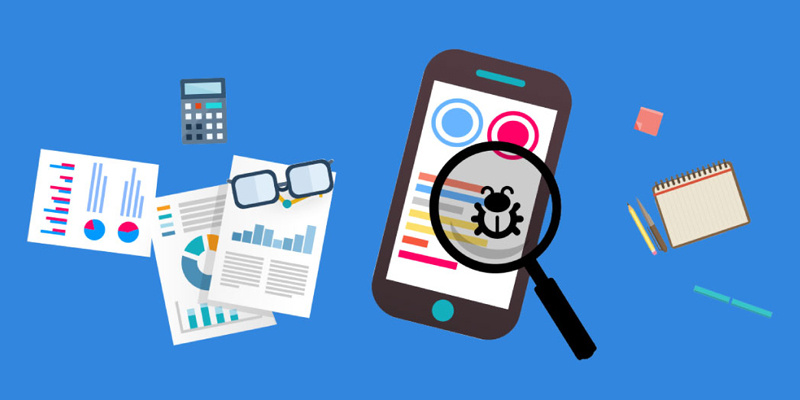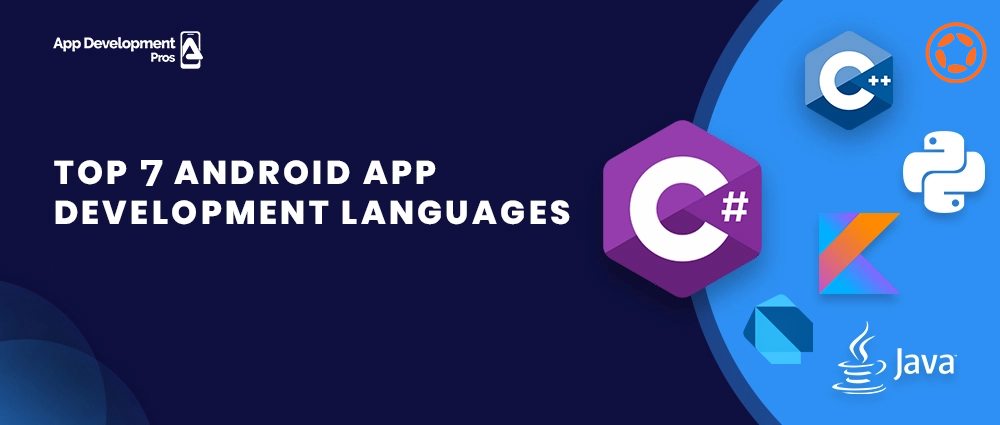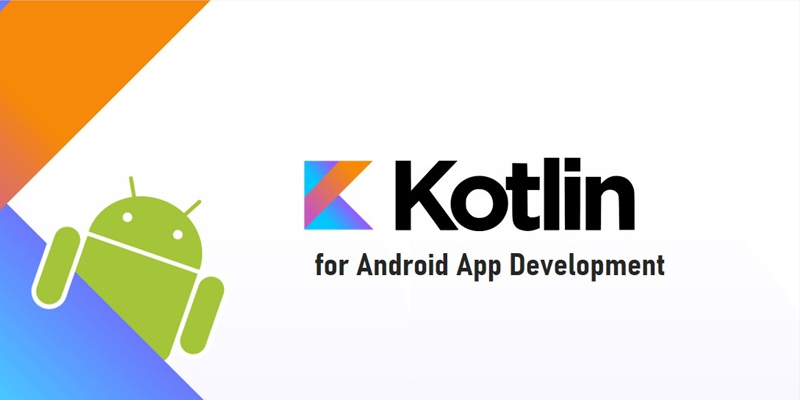Due to the ongoing situation of the universe, students and teachers should keep their time specified for learning purposes. Quarantine is the best opportunity to get more productive and utilize the available resources to learn new and interesting topics. There are several free education apps for students available on the internet, which can increase your knowledge about any topic you want to learn. Mobile applications play a great role in the everyday lives of people, but they know that mobile apps can be utilized for learning purposes through the best educational apps for students.
Get the most use of this leisure time and learn about the subject you love the most. Here are the best educational apps for teachers and students you can benefit from.
1. Remind
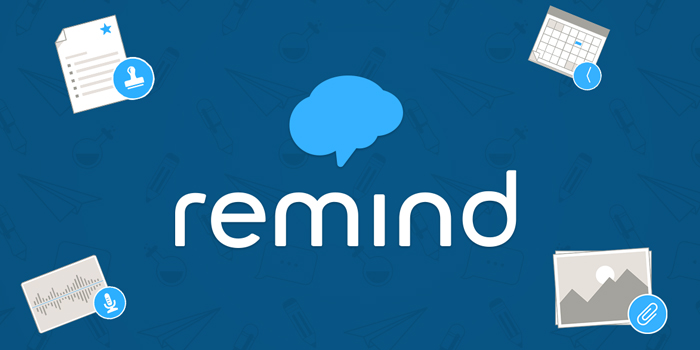
This app is designed for teachers to communicate with the students and their parents. Teachers can share files, topics, and assignments with students, allowing students to learn at home. It is often hard for students to do homework, study a topic, or learn anything outside the classroom environment. Hence, the Remind app resolved this problem by providing a group learning environment where students can communicate with their classmates, share important notes, or directly ask the teacher about a specific topic. Group chats and class announcement options are also available, offering you more than 70 languages to communicate with non-English speaking students and parents.
2. EdX

When it comes to the best free educational apps, the EdX app comes to mind. EdX contains materials based on different topics and courses from top app developers and universities worldwide. If you have an Edx app installed on your phone, nothing can stop you from mastering a course. It’s among the most popular educational apps for teachers, containing high-quality resources on math, science, history, geography, programming, business, engineering, and whatnot. EdX will give you complete knowledge with video tutorials and documentation. You can be an expert iOS development company in a few weeks and test yourself with available quizzes throughout the sessions.
3. Avokiddo ABC Ride
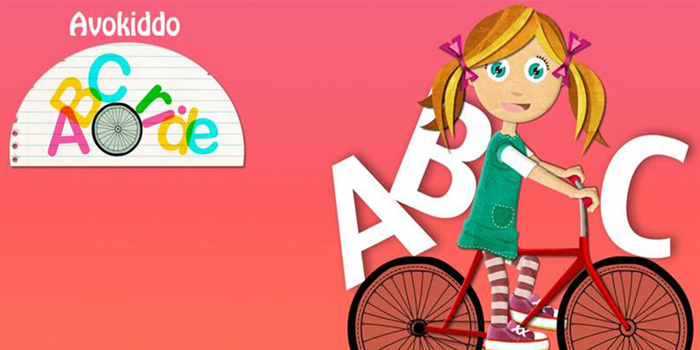
Avokiddo ABC Ride is among the most popular and best educational apps for preschoolers. It gives toddlers an exciting adventure, keeping them engaged with lots of interactive activities. Most of the best educational apps for 4-year-olds are paid, but the knowledge and education provided to young kids are beyond the fees they charge. Kids can begin their fun adventure by hunting for letters through different challenges of popping the balloon and revealing missing letters. A toddler can listen to the names and sounds and fill in the letters and can also adjust the difficulty level by choosing uppercase or lowercase letters.
4. Epic – Kids Books & Videos
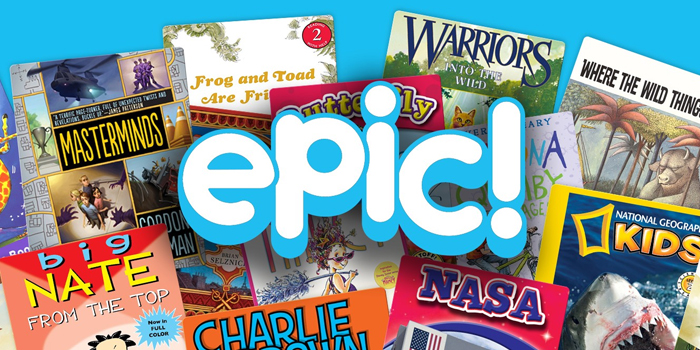
The Epic app relieves elementary students by offering them books, saving a huge amount of parent’s money. Epic tops the list of best educational apps for elementary students in 2018 by offering unlimited access to over 15000 books. Elementary teachers can use this app to teach children books ranging from Animal Planet to fiction and horror stories. Students can build their collections, report to teachers, and rate what they’ve read, allowing teachers to assign specific books to students. Just like other educational apps for kids, Epic is free of cost and contains an educator’s version, having a wide range of videos and lesson ideas.
Conclusion
As lockdown continues to be maintained across different countries, the education of students has suffered the most. Education doesn’t just limit the students, but teachers should also focus on expanding their knowledge. There are various educational apps available on Play Store by professional Android developers through which you can gain interesting knowledge about various topics. Educational apps may be for toddlers to build their logical skills, grown-up students, or teachers eager to learn new things.
Also Read: How Mobile Apps Revolutionize the Finance Industry?

